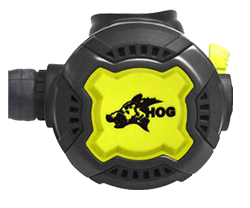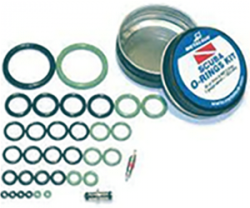Why I chose PADI to become a scuba pro
If you have been a diver for more than a day then you know there is a constant battle over which training agency is better. Some will tell you certain agencies have better training and others are only interested in your money. My favorite is "agency X is a pyramid scheme." I'm here to tell you all of them are right and all of them are wrong. Huh? Let me explain.













